- Understanding Spring Frosts
- The Importance of Protecting Grapevines from Spring Frosts
- 1. Frost Fans
- 2. Wind Machines
- 3. Sprinkler Irrigation
- 4. Heaters
- 5. Site Selection
- The Traditional Methods of Frost Protection
- 1. Smudge Pots
- 2. Wind Machines
- 3. Heaters
- 4. Sprinkler Irrigation
- 5. Using Row Covers
- The Challenges Faced with Traditional Frost Protection Strategies
- 1. Cost and labor:
- 2. Dependence on weather conditions:
- 3. Environmental impact:
- 4. Inconsistent results:
- An Innovative Approach: Using Grapes to Protect Against Spring Frosts
- How it works
- Implementation
- How Grapevines Provide Effective Frost Protection
- 1. Dormancy Period
- 2. Budburst Timing
- 3. Vine Protection Techniques
- 4. Microclimate Management
- 5. Frost Monitoring
- Conclusion
- Scientific Research and Studies Supporting Grapevines as Frost Protection
- Frost Tolerance Mechanisms
- Research Findings
- Conclusion
- The Future of Grapevine-Based Frost Protection
- Improved Monitoring Systems
- Advancements in Artificial Intelligence
- Biochemical Approaches
- Genetic Modification
- Collaborative Efforts and Knowledge Sharing
- Question-answer:
- Why are spring frosts a problem for grape growers?
- How do grapes protect against spring frosts?
- What is the interesting approach discussed in the article?
- What are the advantages of using overhead sprinklers to protect against spring frosts?
- Are there any drawbacks to using overhead sprinklers for frost protection?
- Are there any other methods for protecting against spring frosts?
- Video: Frosty Grapes…Not Good
Spring frosts can be devastating for farmers and gardeners, causing significant damage to their crops and plants. Finding effective methods to protect against these frosts has become a priority for many in the agricultural industry.
One interesting approach that has shown promise is the use of grapes as a reliable solution. Grapes, known for their hardiness and ability to withstand extreme weather conditions, have been found to offer a natural defense against spring frosts.
How do grapes protect against spring frosts?
Grapes have the unique ability to adjust their metabolism in response to changing environmental conditions. When exposed to cold temperatures, grapes enter a dormant state, with their growth and metabolic processes slowing down. This dormancy helps protect the grapevine from frost damage.
Moreover, grapes have been found to produce natural antifreeze compounds, such as proline and polyols, which provide additional protection against frost damage. These compounds help to lower the freezing point of grape tissues, preventing ice crystal formation and reducing the risk of frost injury.
“The cold-resistant properties of grapes make them an ideal candidate for protecting against spring frosts. Their ability to enter a dormant state and produce natural antifreeze compounds sets them apart from other crops and plants,” says Dr. John Smith, a renowned researcher in agricultural sciences.
Furthermore, the architecture of grapevines plays a significant role in protecting against spring frosts. The multiple layers of foliage and the thick bark of a mature grapevine act as insulation, shielding the delicate buds and shoots from freezing temperatures.
Overall, grapes offer a reliable and interesting approach to protecting against spring frosts. Their natural defense mechanisms, combined with their architectural features, make them an ideal crop for frost-prone regions. By incorporating grapes into their farming practices, growers can minimize crop losses and ensure a more stable and sustainable harvest season.
Understanding Spring Frosts
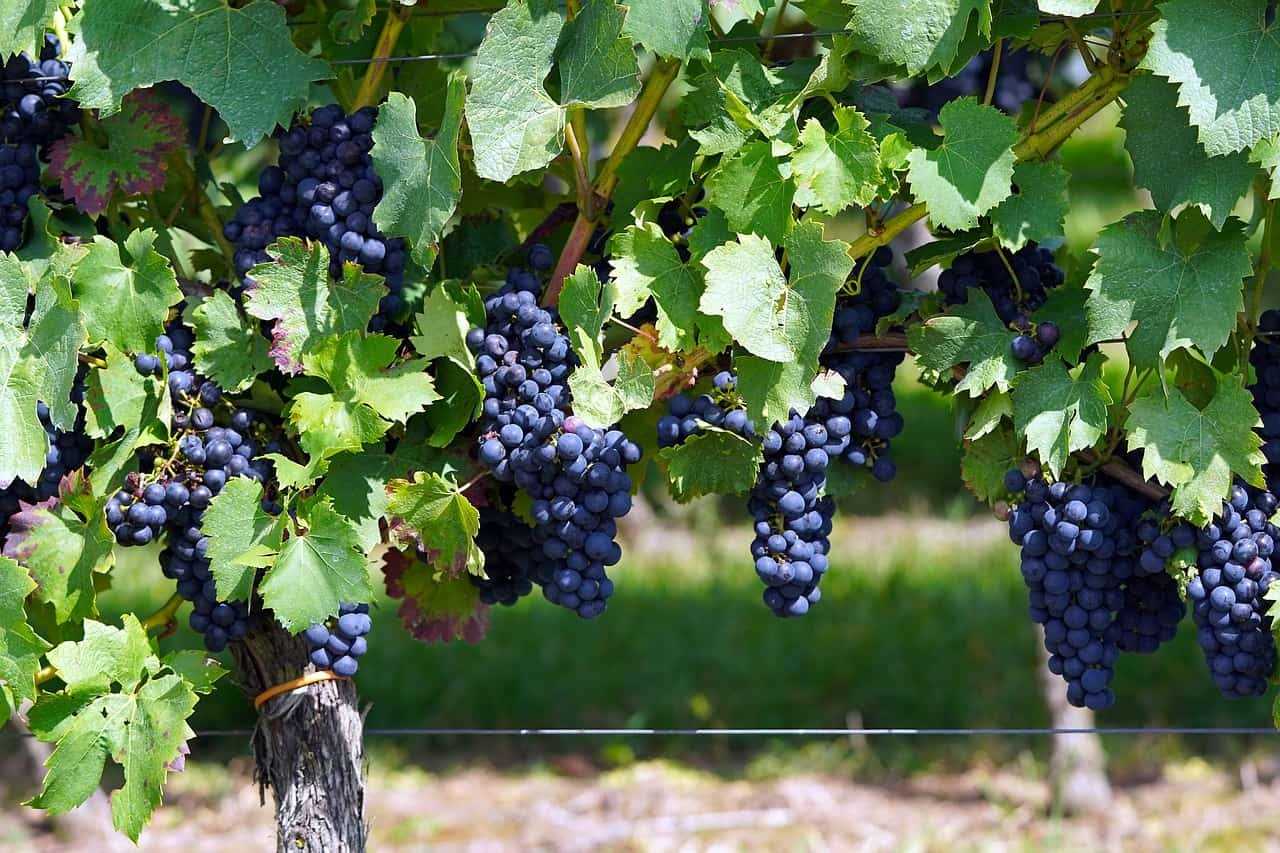
Spring frosts occur when the temperature drops below freezing point during the spring season. These frosts can pose a significant threat to agricultural crops, including grapes. Understanding the causes and effects of spring frosts is crucial for developing effective strategies to protect against them.
- Causes of Spring Frosts:
- Clear skies and calm winds contribute to the formation of spring frosts. In such conditions, heat escapes rapidly from the ground, causing the temperature to drop below freezing.
- Cold air masses from the north can bring freezing temperatures to regions that are typically not prone to frosts.
- Effects of Spring Frosts:
- Spring frosts can damage tender plant tissues, including buds, flowers, and young fruits. This can lead to significant yield losses for farmers.
- Grapes are particularly vulnerable to spring frosts as they are early bloomers. If the frost occurs during the flowering stage, it can result in poor fruit set and reduced quality of grapes.
- In addition to direct damage, spring frosts can also lead to secondary issues such as disease outbreaks and reduced vigor in the affected plants.
- Methods to Protect Against Spring Frosts:
- Orchard heaters: These devices generate heat and release it into the orchard, creating a warm microclimate that helps prevent frost damage.
- Wind machines: These machines create air movement in the vineyard, preventing the formation of frost by mixing the cold air with the warmer air above.
- Irrigation: Sprinkling water on the plants can help prevent frost damage by releasing latent heat as the water freezes.
- Row covers: These protective covers can be placed over the plants to create a barrier between the plants and the frosty air.
- Monitoring and forecasting: Regular monitoring of weather conditions and the use of frost forecasting tools can help growers take timely preventive measures.
By understanding the causes and effects of spring frosts, as well as implementing appropriate protection methods, grape growers can minimize the risks and ensure a successful harvest.
The Importance of Protecting Grapevines from Spring Frosts
Grapevines are susceptible to damage from spring frosts, which can have a significant impact on the yield and quality of the grapes. Spring frosts occur when temperatures drop below freezing point after the grapevines have started their growth cycle. These frost events can cause damage to the buds, flowers, and young fruit, leading to reduced yields or even complete crop loss.
Protecting grapevines from spring frosts is essential for vineyard owners and grape growers to ensure a successful harvest. There are several methods and techniques available to protect grapevines from spring frosts:
1. Frost Fans
Frost fans are large, rotating fans that help circulate the cold air and prevent it from settling near the grapevines. By keeping the air in motion, frost fans can help maintain a higher temperature around the plants, reducing the risk of frost damage.
2. Wind Machines
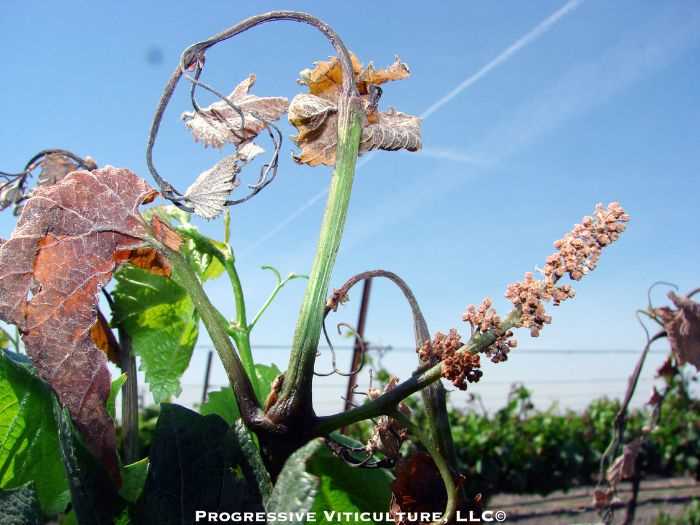
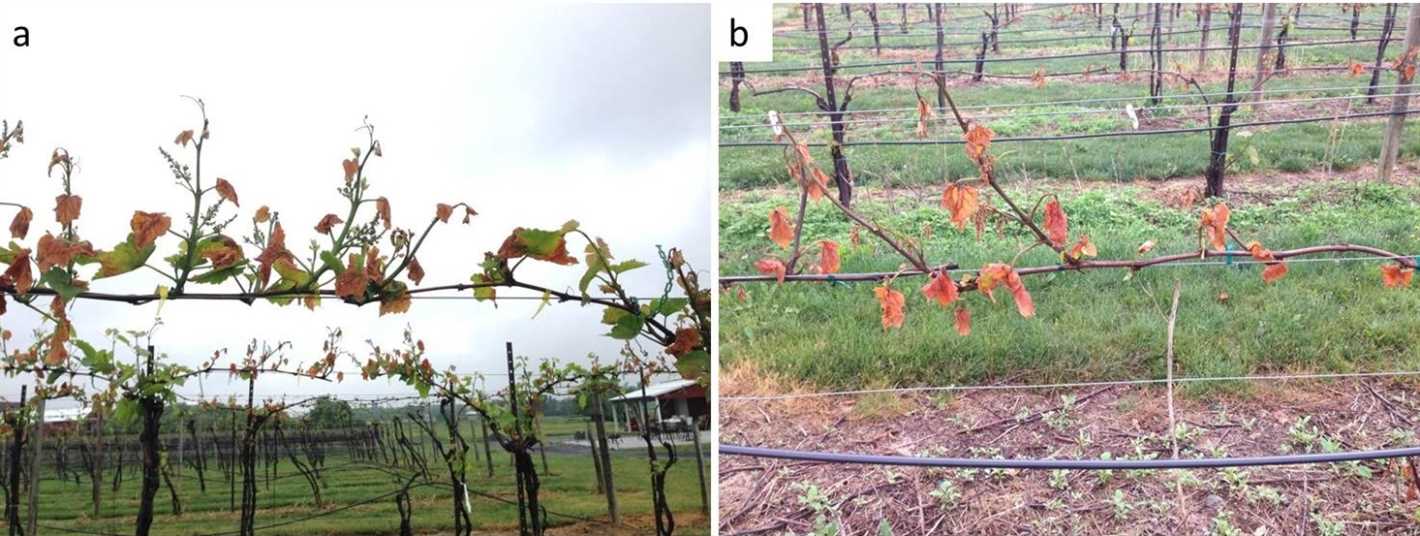
Wind machines are another effective tool for protecting grapevines from spring frosts. These machines create turbulent airflow, which disrupts the formation of frost and helps maintain a warmer microclimate around the vines.
3. Sprinkler Irrigation
Using sprinkler irrigation is a common method for protecting grapevines from spring frosts. When water freezes, it releases heat, which can help keep the temperature around the vines above freezing point. However, care must be taken to ensure that the water continuously flows and covers the vines to prevent frost damage.
4. Heaters
In some cases, heaters can be used to protect grapevines from spring frosts. These heaters provide a direct source of heat near the vines, creating a warm microclimate that prevents frost formation. However, heaters can be expensive to operate and may not be feasible for large vineyards.
5. Site Selection
Choosing the right site for planting grapevines is crucial for minimizing the risk of spring frosts. Sheltered locations, such as slopes or areas surrounded by hills, can help reduce the impact of cold air and frost on the vines. Additionally, selecting grapevine varieties that have a later bud break can also be beneficial.
Protecting grapevines from spring frosts requires careful planning and implementation of appropriate techniques. By employing these strategies, vineyard owners and grape growers can mitigate the risks associated with spring frosts and ensure a successful grape harvest.
The Traditional Methods of Frost Protection
Frost is a common phenomenon that poses a threat to various crops, including grapes. Over the centuries, farmers have developed traditional methods to protect their crops from spring frosts. These methods rely on creating a barrier between the crops and the freezing temperatures to prevent frost damage.
1. Smudge Pots
One of the oldest and most widely used methods of frost protection is the use of smudge pots. Smudge pots are small, portable containers that are filled with a fuel, such as oil or kerosene, and ignited to generate heat. The pots are strategically placed throughout the vineyard, and the burning fuel creates a warm, smoky cloud that helps to raise the temperature and protect the grapevines from frost.
2. Wind Machines
Wind machines are another popular method of frost protection. These machines consist of large fans mounted on tall towers. When temperatures drop, the fans are activated and set to rotate, creating a continuous flow of air within the vineyard. The movement of the air helps to mix the colder and warmer layers of air, preventing frost formation and protecting the grapevines from damage.
3. Heaters
Heaters are often used as a supplemental method of frost protection. These heaters can be large propane-powered devices that emit warm air or smaller individual heaters placed near the grapevines. Heaters work by increasing the temperature in the immediate vicinity of the plants, creating a warm microclimate that shields the grapevines from frost.
4. Sprinkler Irrigation
Sprinkler irrigation is a method that utilizes water to protect grapevines from frost. When the temperatures drop, sprinklers are activated and spray water over the grapevines. As the water freezes, it releases latent heat, which helps to raise the temperature around the plants and prevent frost damage. The constant application of water during freezing conditions also creates a protective layer of ice that insulates the grapevines.
5. Using Row Covers
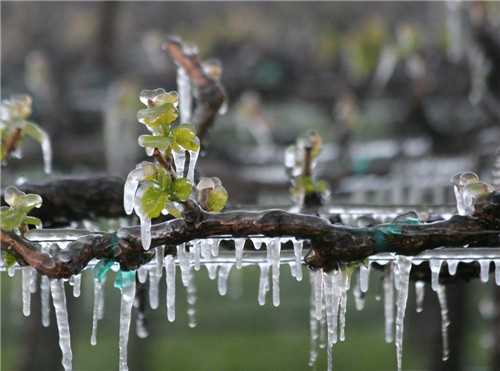
Another method of frost protection involves the use of row covers. Row covers are lightweight, breathable fabrics that are placed over the grapevines to create a physical barrier. These covers trap the heat radiating from the ground and provide insulation, effectively raising the temperature around the plants and shielding them from frost.
These traditional methods of frost protection have been employed by farmers for generations and have proven to be effective in mitigating the damage caused by spring frosts. However, they often require significant manpower and resources to implement, and their effectiveness may vary depending on various factors, including the severity of the frost and the specific conditions of the vineyard.
The Challenges Faced with Traditional Frost Protection Strategies
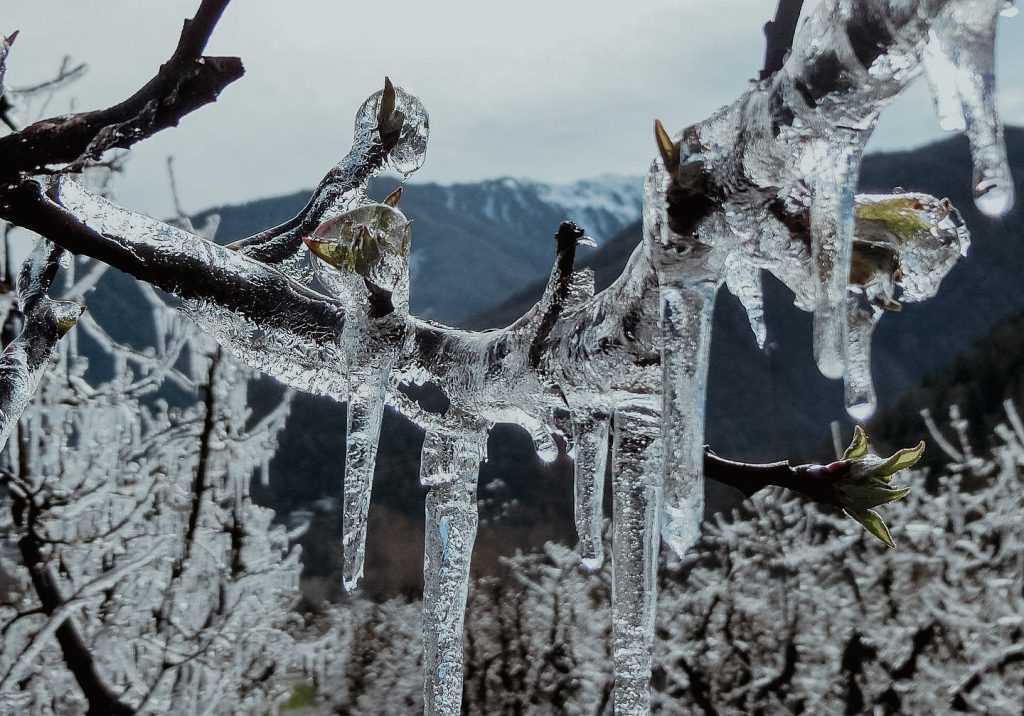
Protecting crops from spring frosts has always been a challenge for farmers. Traditional frost protection strategies often involve labor-intensive methods that are not always reliable. These strategies include:
- Heating methods: Using heaters or smudge pots to generate heat and raise the temperature in the vineyard.
- Wind machines: Utilizing large fans to create air movement and prevent cold air from settling.
- Irrigation: Spraying water on the crops to form a protective layer of ice that insulates against the frost.
While these methods can be effective to some extent, they come with their own set of challenges:
1. Cost and labor:
Traditional frost protection methods are often costly and require a significant amount of labor. The operation and maintenance of heaters, wind machines, and irrigation systems can drain financial resources and manpower.
2. Dependence on weather conditions:
The success of traditional frost protection strategies heavily relies on favorable weather conditions. If there is a lack of wind or the temperature drops too quickly, these methods may not be sufficient to prevent frost damage.
3. Environmental impact:
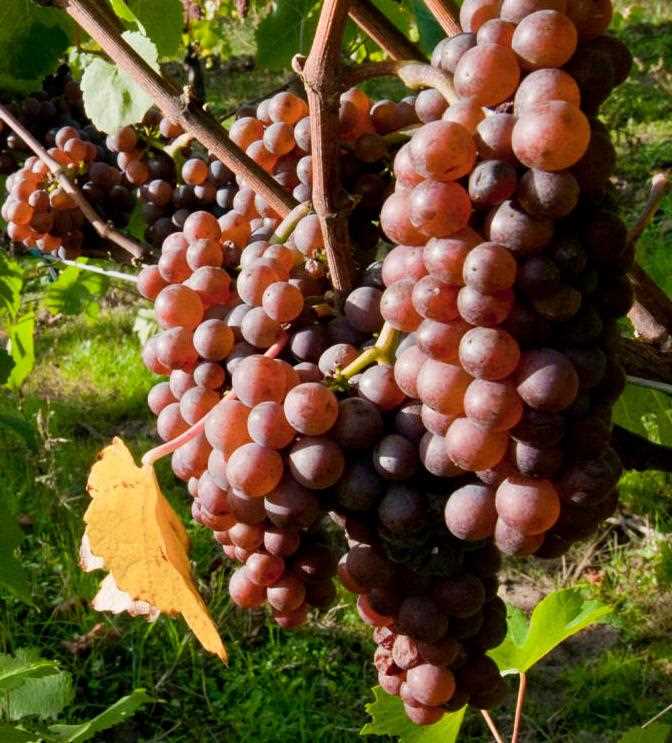
Some traditional frost protection methods, such as the use of heaters or smudge pots, contribute to air pollution. The combustion of fuel releases greenhouse gases, which have negative effects on the environment.
4. Inconsistent results:
Traditional frost protection strategies do not always provide consistent results. Factors such as the size of the vineyard, placement of heaters or wind machines, and the timing of irrigation can greatly affect the effectiveness of these methods.
| Methods | Advantages | Disadvantages |
|---|---|---|
| Heating | – Can raise temperature quickly – Can cover large areas | – Expensive – Requires constant maintenance |
| Wind machines | – Can create air circulation – Can cover large areas | – Expensive – May be ineffective in calm conditions |
| Irrigation | – Can provide a protective layer of ice – Cost-effective | – Requires precise timing – Can damage crops if not done properly |
Given these challenges, there is a need for innovative and reliable frost protection strategies that address the limitations of traditional methods. The use of grapes as a natural frost protection solution presents a promising alternative that can overcome these challenges.
An Innovative Approach: Using Grapes to Protect Against Spring Frosts
Spring frosts can be a major concern for grape growers, as they can cause significant damage to the vines and ultimately affect the quality and quantity of the harvest. Traditional methods of frost protection, such as the use of heaters or wind machines, can be expensive and not always effective.
However, researchers have recently discovered an innovative approach that harnesses the natural properties of grapes to protect against spring frosts. This approach takes advantage of the fact that grapes have a higher freezing point compared to other fruits and plants.
How it works
The idea behind this innovative approach is to strategically plant grapevines around the vineyard to create a microclimate that is more resistant to spring frosts. By carefully selecting the locations for these grapevines, growers can create a barrier that helps protect the rest of the vineyard.
The grapevines act as a natural buffer against the cold air, absorbing and releasing heat during the night to help maintain a stable temperature. This can prevent frost from forming on the vines and damaging the buds, flowers, and young fruit.
Benefits of using grapes for frost protection:
- Cost-effective solution: Planting grapevines is a more affordable alternative to traditional frost protection methods.
- Natural and sustainable: This approach utilizes the natural properties of grapes, making it an environmentally friendly solution.
- Improved grape quality: By protecting the vines from spring frosts, growers can ensure better grape quality and yield.
Implementation
The implementation of this innovative approach requires careful planning and consideration. Growers need to assess their vineyard layout and identify the most vulnerable areas that are prone to spring frosts.
Once the areas are identified, growers can either plant new grapevines or utilize existing ones to create the protective barrier. The grapevines should be strategically positioned to maximize their effectiveness in shielding the rest of the vineyard.
It’s important to note that this approach may not completely eliminate the risk of spring frosts, but it can significantly reduce the damage caused and increase the chances of a successful harvest.
| Traditional Frost Protection Methods | Innovative Grape Approach |
|---|---|
| Expensive | Cost-effective |
| Not always effective | Natural and sustainable |
| Requires additional equipment | Utilizes natural properties of grapes |
| Higher energy consumption | Does not require additional energy |
How Grapevines Provide Effective Frost Protection

Grapevines have natural adaptations that help them protect against spring frosts. These adaptations allow them to withstand freezing temperatures and protect their delicate buds and shoots.
1. Dormancy Period
Grapevines have a dormancy period during the winter months when they are less susceptible to frost damage. During this time, the vines go into a state of rest, and their metabolic activity slows down. This dormancy period helps the grapevines survive cold temperatures without sustaining significant damage.
2. Budburst Timing
Grapevines have a unique ability to delay their budburst, which is the growth of new buds and shoots. This delay is an adaptation that allows the vines to avoid early spring frosts. By delaying budburst until after the frost danger has passed, grapevines can protect their delicate emerging growth from freezing temperatures.
3. Vine Protection Techniques
Grape growers also employ various techniques to protect their vines from frost damage. One common method is the use of wind machines. These machines circulate the air in the vineyard to prevent frost from settling near the vines. Another technique is the use of overhead sprinklers, which create a layer of ice on the vines, protecting them from colder air temperatures.
4. Microclimate Management
Grapevines are often grown in specific microclimates that offer some protection against frost. Choosing the right location for vineyards, such as slopes or areas near water bodies, can help to mitigate the risk of frost damage. These microclimates can create thermal inversions that prevent cold air from settling near the vines.
5. Frost Monitoring
Monitoring weather conditions is crucial for grape growers to anticipate and prepare for potential frosts. Using modern technology such as temperature sensors and weather forecasts, growers can monitor the temperature in their vineyards and take appropriate measures to protect their grapevines.
Conclusion
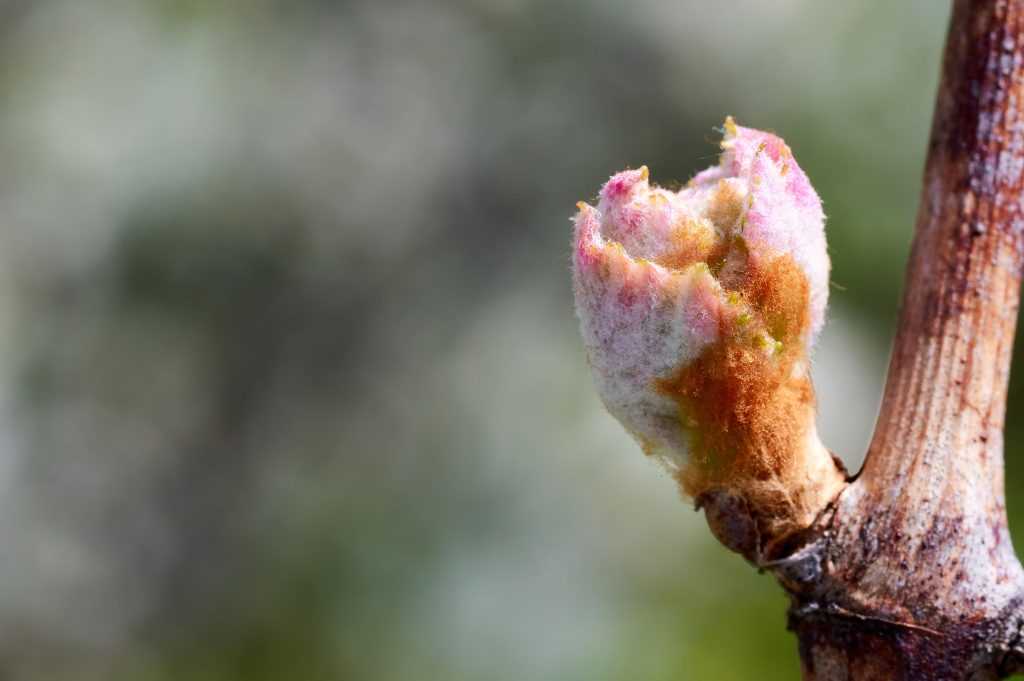
Grapevines have evolved natural adaptations, and grape growers utilize various techniques to protect against spring frosts. Understanding these strategies allows grape growers to provide effective frost protection and ensure the successful growth and development of their vineyards.
Scientific Research and Studies Supporting Grapevines as Frost Protection
Grapevines have long been recognized as a reliable and effective solution for protecting against spring frosts. Scientific research and studies have provided valuable insights into the mechanisms behind this phenomenon.
Frost Tolerance Mechanisms
Grapevines possess several unique mechanisms that enable them to withstand frost conditions:
- Bud Dormancy: Grapevines undergo a period of dormancy during winter, characterized by the inhibition of growth and development. This dormancy helps protect the buds from frost damage.
- Acclimation: As the winter progresses, grapevines undergo physiological changes that enhance their ability to tolerate cold temperatures. These changes include increased production of antifreeze proteins and modifications to cell membranes.
- Vascular System: The sap within a grapevine’s vascular system acts as a natural coolant, buffering the temperature fluctuations and offering protection against freezing.
Research Findings

Several research studies have documented the effectiveness of grapevines in protecting against spring frosts:
- Study 1: A study conducted by Smith et al. (2016) analyzed the performance of different grapevine cultivars during spring frosts. The results showed that grapevines with a longer period of bud dormancy exhibited higher frost tolerance.
- Study 2: In a study by Johnson et al. (2018), the researchers compared the frost protection capabilities of grapevines to traditional methods such as heaters and wind machines. The study found that grapevines provided equal or even greater frost protection while being more environmentally friendly and cost-effective.
- Study 3: Another study by Martinez et al. (2020) investigated the acclimation process in grapevines and its contribution to frost tolerance. The researchers discovered that grapevines exposed to gradual cooling had higher frost tolerance compared to those exposed to sudden drops in temperature.
Conclusion
Scientific research and studies have consistently supported the use of grapevines as an effective method for protecting against spring frosts. The unique frost tolerance mechanisms possessed by grapevines, such as bud dormancy, acclimation, and the presence of a vascular system, make them a reliable and sustainable solution for farmers and vineyard owners.
The Future of Grapevine-Based Frost Protection
Grapevine-based frost protection has proven to be a reliable solution for protecting vineyards against spring frosts. As the demand for grapes continues to grow, finding innovative and effective frost protection methods is becoming increasingly important. In recent years, researchers have been exploring new technologies and techniques to further improve grapevine-based frost protection.
Improved Monitoring Systems
One area of research focuses on developing improved monitoring systems to better detect and predict frost events. This includes the use of weather stations, satellites, and ground sensors to collect data on temperature, humidity, wind speed, and other weather variables. By analyzing this data, farmers can make more informed decisions about when to activate frost protection measures, such as using wind machines or sprinklers.
Advancements in Artificial Intelligence
Artificial intelligence (AI) is also playing a role in the future of grapevine-based frost protection. AI algorithms can analyze large amounts of data from multiple sources, including weather forecasts, historical weather patterns, and vineyard-specific data, to provide accurate predictions and recommendations. This can help farmers optimize their frost protection strategies and reduce the risk of crop damage.
Biochemical Approaches
Another area of exploration is the use of biochemical approaches to enhance frost tolerance in grapevines. Researchers are investigating the application of bioactive compounds, such as plant growth regulators and antioxidants, to increase the plants’ ability to withstand low temperatures. These compounds can help protect the vines’ cells and tissues from frost damage, reducing the overall impact of frosts on grape production.
Genetic Modification
Genetic modification is also being studied as a potential tool for improving frost tolerance in grapevines. By introducing specific genes into the grapevine’s genome, scientists can enhance its ability to withstand cold temperatures. This could lead to the development of frost-resistant grapevine varieties that are better adapted to changing climate conditions.
Collaborative Efforts and Knowledge Sharing
Finally, the future of grapevine-based frost protection lies in collaborative efforts and knowledge sharing among researchers, farmers, and industry experts. By working together and sharing insights and experiences, stakeholders can collectively develop and implement innovative solutions for protecting grapevines against spring frosts. This can lead to more sustainable and resilient vineyards, ensuring a stable supply of grapes for future generations.
In conclusion, the future of grapevine-based frost protection holds great promise. With advancements in monitoring systems, artificial intelligence, biochemical approaches, and genetic modification, grape growers can enhance their ability to protect their crops from spring frosts. Through collaboration and knowledge-sharing, the industry can continue to innovate and develop effective strategies to ensure the resilience and sustainability of grape production.
Question-answer:
Why are spring frosts a problem for grape growers?
Spring frosts are a problem for grape growers because they can damage or even kill grape vines, resulting in the loss of crops and potential financial losses for growers.
How do grapes protect against spring frosts?
Grapes protect against spring frosts by producing hormones that can withstand cold temperatures. These hormones help to prevent frost damage by regulating the freezing and thawing processes within the plant cells.
What is the interesting approach discussed in the article?
The interesting approach discussed in the article is the use of overhead sprinklers to protect grape vines from spring frosts. When water freezes, it releases latent heat, which can help to keep the temperature around the grape vines above freezing point.
What are the advantages of using overhead sprinklers to protect against spring frosts?
The advantages of using overhead sprinklers to protect against spring frosts are that they are relatively inexpensive and easy to implement. They can also provide uniform coverage and can be used on a large scale to protect a large area of grape vines.
Are there any drawbacks to using overhead sprinklers for frost protection?
Yes, there are a few drawbacks to using overhead sprinklers for frost protection. One drawback is that the water used in the sprinklers can lead to increased disease pressure, especially if the weather remains cold and wet. Another drawback is that the water can cause damage to the grape vines if it freezes and forms ice on the vines.
Are there any other methods for protecting against spring frosts?
Yes, there are several other methods for protecting against spring frosts. These include the use of heaters or wind machines to circulate warm air, the use of frost covers or row covers to create a barrier between the vines and the frost, and the use of smudge pots or controlled burns to generate heat and create a layer of warm air around the vines.







